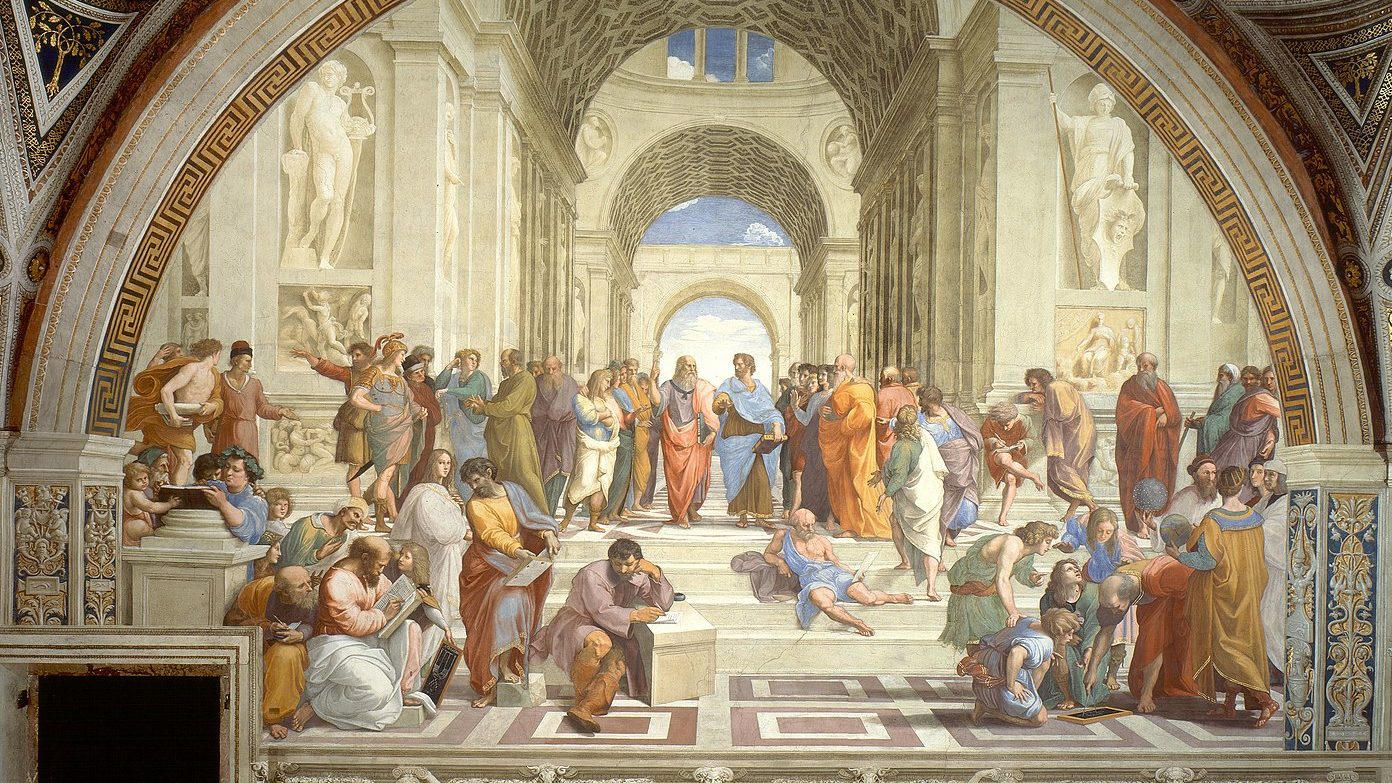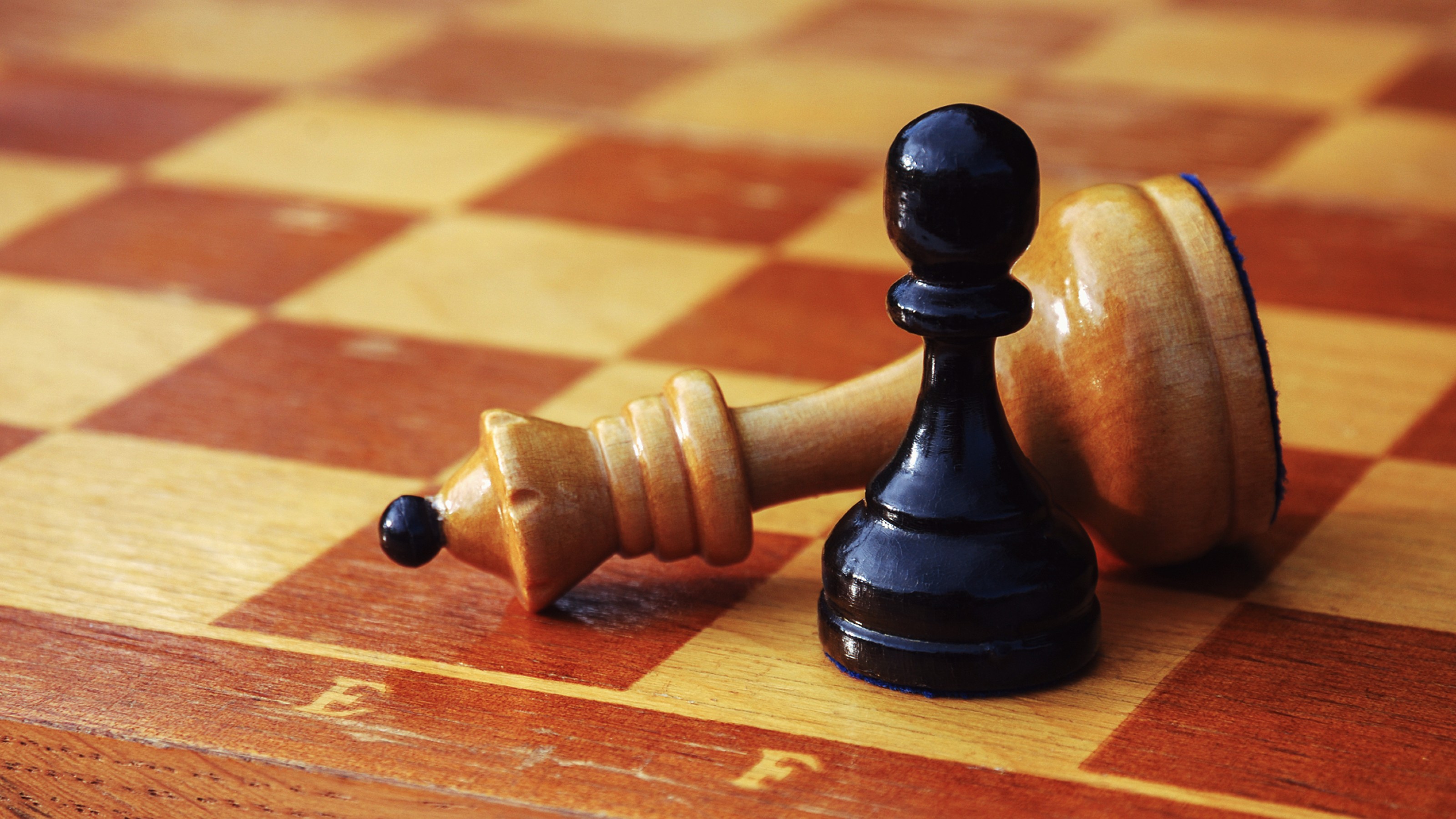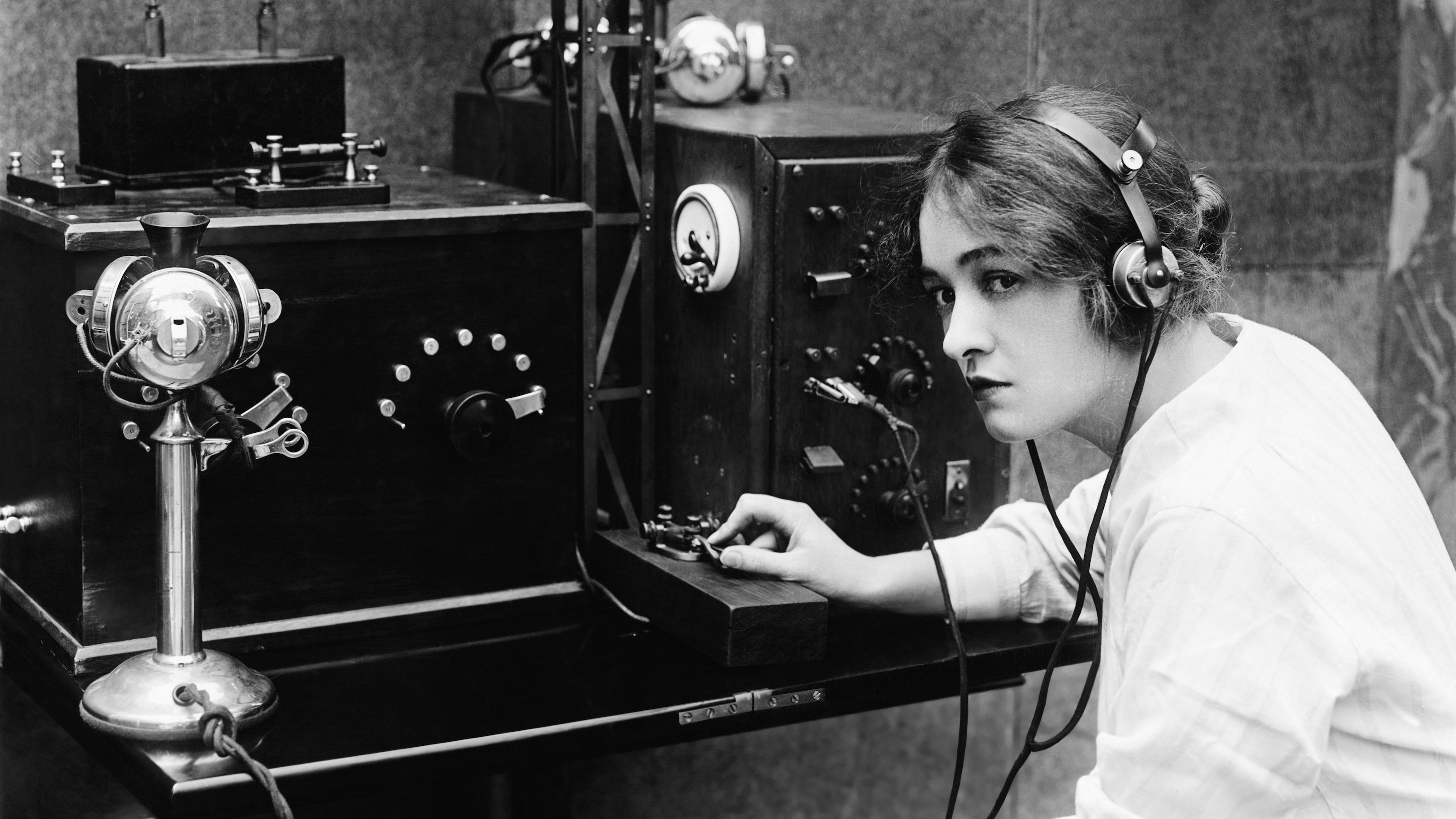The futuristic inventions of the Islamic Golden Age
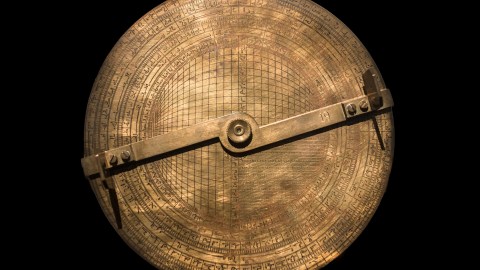
- The Book of Ingenious Devices contains inventions that were centuries ahead of their time.
- Its authors, the Banu Musa, expanded on the cultural heritage of Greek engineering.
- Obsessed with trickery, the brothers were equal parts inventors and magicians.
Centuries before the birth of Leonardo Da Vinci, three brothers from Baghdad gathered their designs for more than 100 ahead-of-their-time inventions into a manuscript titled the Book of Ingenious Devices. Also known as the Kitáb al-Hiyal, it contains blueprints for rudimentary gas masks and mechanical digging machines — devices that would not become commonplace for another thousand years.
The brothers — Muhamad, Ahmad, and al-Hasan bin Musa ibn Shakir, who were called the Banu Musa or the “Sons of Moses,” after their father — grew up in the early 9th century AD. It was the dawn of the Islamic Golden Age, an age which they themselves helped bring about. Each brother specialized in a different area of study: Muhamad in astronomy, Ahmad in engineering, and al-Hasan in geometry.
Legend has it that the Banu Musa, left impoverished after their father passed away, were taken under the wing of Abu al-Abbas Abdallah ibn Harun al-Rashid, a caliph remembered for his interest in and support for the development of the arts and sciences. It was on his orders that the brothers set to work on their Book of Ingenious Devices, which they completed around 850 AD.

Contrary to popular belief, the Banu Musa’s inventions were not invented in an intellectual vacuum. When they were not working on their own devices, the brothers were translating the cultural and scientific heritage of their Greece predecessors into Arabic, and several of their devices were based on designs that were first thought up in Byzantium, Alexandria, India, and China.
But while their inventions were not always 100% original, they were most certainly impressive. Even at an early stage, writes the historian of science Alex Keller in an article, “the Arabic mechanicians had advanced beyond their Greek predecessors.” The Banu Musa gave a fresh spin to old ideas, and — in contrast to the Greeks — their blueprints tended to be instructive rather than theoretical.
Browsing the Book of Ingenious Devices
The majority of the Book of Ingenious Devices is comprised of blueprints for jars, jugs, and fountains – constructions that store and manipulate the movement of liquids. Realizing that water expelled through small openings creates the sound of a whistle, the Banu Musa designed a mechanical bull that, when drinking water from a trough, would mimic the noises made by the real animal.
While the size of an opening dictates the speed with which water is released from a container, its shape dictates the direction in which water will travel. The brothers used this insight to make fountains that launched water jets in the shapes of shields and flowers. Essentially, these were the Islamic Golden Age equivalent of the Bellagio Water Show in Las Vegas.
One of the Banu Musa’s most famous inventions was a trick flask with two spouts. During demonstrations, the brothers would pour different colored liquids into each spout only to have the colors reversed when the flask was emptied. To onlookers, this seemed like magic. In reality, the inside of the flask hid a complicated mechanism that kept the liquids separated while pouring.
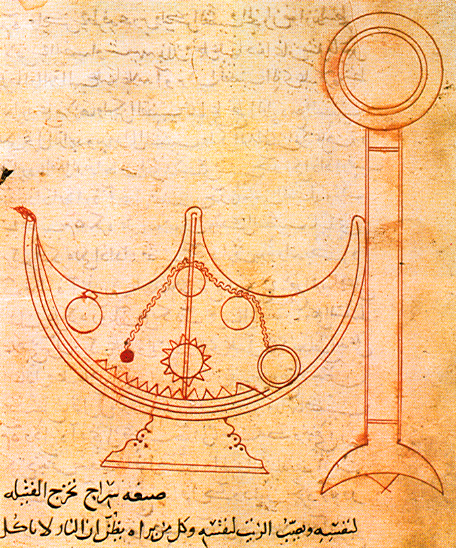
The Book of Ingenious Devices contains plans for other inventions, too, including – as mentioned – the gas mask. These masks were simple face coverings with pipes attached to them. Those pipes were connected to bellows, which could be used to pump fresh air to people working in toxic environments such as mines. Impressive, considering the idea would not resurface until the 19th century.
The Banu Musa even designed a variation on the clamshell grab – the claw-shaped structure fitted on top of modern excavators. Like their present-day counterparts, this clamshell grab would have been used to lift objects that are heavy or out of reach. The brothers themselves envisioned it being used to clean up debris at the bottom of lakes and rivers.
Inventors or magicians?
Some argue the Banu Musa were more interested in entertaining than inventing. “Nearly all these ingenious devices,” says Keller, “are just conjuring tricks, amusements to deceive.” In their book, the brothers even state that the person operating their creations “should occupy those with him by conversation or another distraction,” just like a magician would do.
Is this a fair assessment? Not necessarily. While some devices, like the flask or the fountain, do not serve a practical purpose, others – namely the gas mask – clearly do. Furthermore, while the primary aim of the Banu Musa’s water-related devices was to entertain, the mechanics that made them entertaining would inspire more meaningful developments in science, technology, and even politics.
Using their intellect to improve society rather than to distract it, the brothers – who accurately calculated the circumference of the Earth give or take a hundred miles – dug canals and designed cities around Baghdad. On occasion, they were even called upon by the caliph to determine the size and strength of invading armies in order to formulate a plan of attack.

The Banu Musa and their Book of Ingenious Devices was a major influence on the Artuqid polymath Ismail al-Jazari, who in 1206 published a book of comparable historical significance titled The Book of Knowledge of Ingenious Mechanical Devices, which enjoyed a wide circulation in the Islamic world before finding its way to Europe via Muslim-controlled Spain and Portugal.
The history and influence of the Banu Musa were almost cut short by the grandson of Genghis Khan, Hulagu Khan, who sacked Baghdad in 1258 and destroyed its libraries. The Book of Ingenious Devices would have likely been lost then and there had it not already been copied and distributed by scholars of the Islamic Golden Age. In retrospect, that may have been the greatest trick of all.
